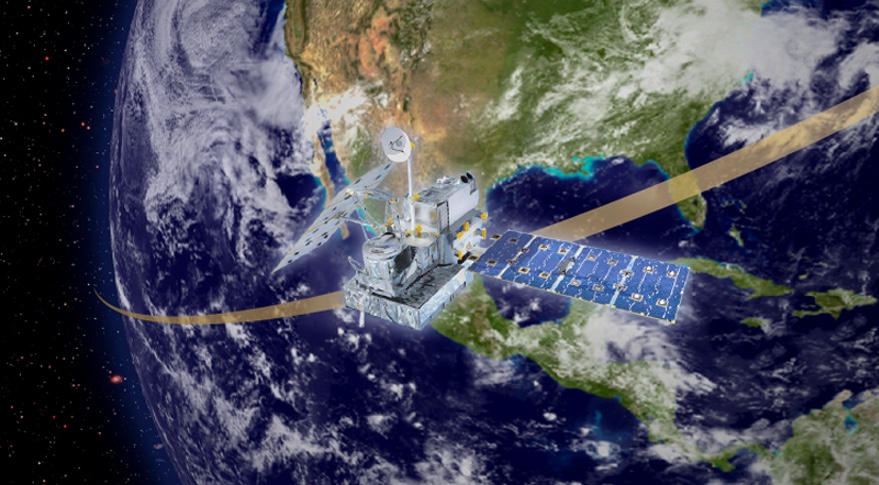WASHINGTON — The Canadian government announced Oct. 18 it will fund development of a satellite and instruments for a NASA-led Earth science program.
In a speech in Ottawa, François-Philippe Champagne, the Minister of Innovation, Science and Industry, said the government had agreed to spend more than $200 million Canadian ($145 million) on High-altitude Aerosols, Water vapor and Clouds (HAWC), one element of NASA’s proposed Atmosphere Observing System (AOS) mission.
HAWC would consist of two instruments on a Canadian satellite and a third instrument on a NASA satellite. Both spacecraft would be launched in 2031. The overall AOS system will feature at least four satellites in polar and inclined orbits, with launches starting in 2028. In addition to the Canadian contribution, the Japanese space agency JAXA is providing a satellite and French space agency CNES two instruments.
“Canada has always played a key role in international space programs, helping to find solutions to global challenges,” Champagne said. “Today’s more than $200 million announcement builds on those successes with our participation in NASA’s AOS program.”
AOS is part of the Earth System Observatory, an overarching series of missions designed to respond to the recommendations of the most recent Earth science decadal survey released in early 2018. The AOS series of spacecraft would support two of the five “targeted observables” from that report, atmosphere and clouds, convection and precipitation.
“This is more than a collection of five missions,” Karen St. Germain, director of NASA’s Earth science division, said of the Earth System Observatory at an Oct. 18 meeting of the Space Studies Board’s Committee on Earth Sciences and Applications from Space. “It really speaks to getting a more holistic of the Earth.”
Three of the Earth System Observatory missions, including AOS, completed mission concept reviews this summer and are expected to pass a milestone called Key Decision Point (KDP) A later this fall, she said. That would allow the missions to move into Phase A of initial development.
While AOS and other missions completed their concept reviews, NASA also performed an independent review of the overall Earth System Observatory. The purpose of that independent review, she said, was to “really look across the whole thing and see if we missed anything” in its formulation. She said the agency received the initial findings of that review and will incorporate them into the missions ahead of KDP-A.
